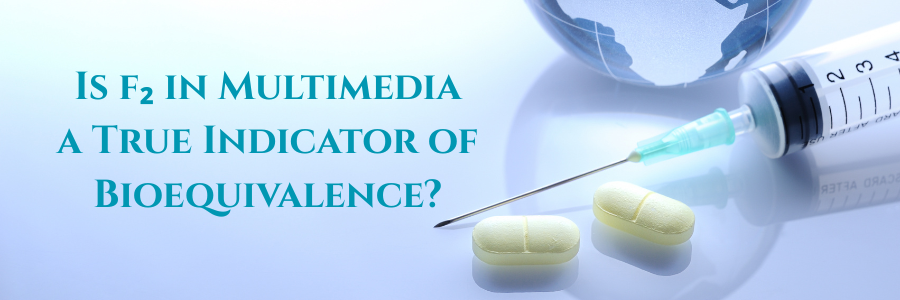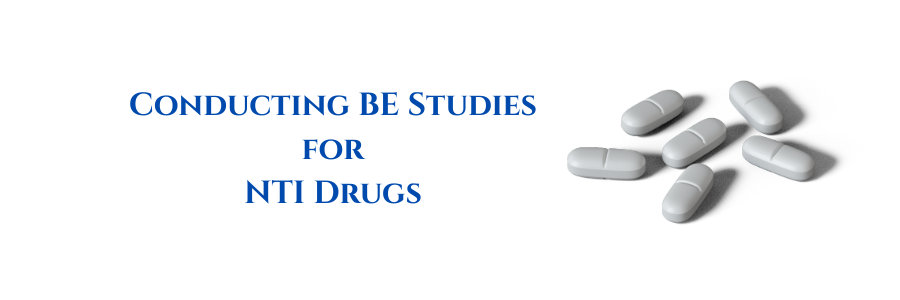Bioequivalence

Is f₂ in Multimedia a True Indicator of Bioequivalence?
The f₂ similarity factor is a commonly used mathematical tool in pharmaceutical development to compare the dissolution profiles of a test product and its reference listed drug (RLD). When the calculated f₂ value is ≥ 50, it indicates that the two profiles are similar under the tested conditions. Regulatory agencies ... Read More

Conducting BE Studies for NTI Drugs
Here’s a detailed explanation of how bioequivalence (BE) studies are conducted for narrow therapeutic index (NTI) drugs, including regulatory expectations, study design, analytical methods, and statistical analysis: Detailed Overview: Bioequivalence Study for NTI Drugs What are NTI Drugs? NTI (Narrow Therapeutic Index) drugs are those where small differences in dose ... Read More

Key Challenges in Bioequivalence (BE) Studies
Bioequivalence (BE) studies are the foundation of generic drug approvals, ensuring that alternative formulations provide the same therapeutic effect as the reference product. However, regulatory expectations and methodologies are evolving rapidly to address complex formulations and emerging technologies. Key Challenges in BE Studies Complex Generics & Locally Acting Drugs Highly ... Read More

Navigating Bioequivalence Study Guidelines Across Global Regulatory Bodies
When conducting bioequivalence (BE) or bioavailability (BA) studies for regulatory approval, guidelines from different regulatory bodies must be adhered to. Here’s a summary of the key considerations and variations across major regulatory agencies Regulatory Guidelines Comparison USFDA Special Cases: Study Design: EMA Acceptance Range: Study Design: WHO Study Design: MHRA ... Read More

Reference Standard (RS) in Bioequivalence Studies
Introduction In pharmaceutical development, a Reference Standard (RS), often referred to as a Reference Listed Drug (RLD) or comparator product, is a benchmark for evaluating the performance of generic drugs in bioequivalence (BE) studies. The RS ensures that generic drugs meet therapeutic equivalence standards, a critical step for regulatory approval. ... Read More

Differences Between RSABE and Traditional ABE Approaches
Scaling of Bioequivalence Limits RSABE (reference-scaled average bioequivalence): The limits are scaled based on the intra-subject variability of the reference drug. For drugs with higher variability, the acceptance criteria are relaxed, meaning the 90% confidence interval for the pharmacokinetic parameter ratios can be wider than the standard 80–125% used in ... Read More

Highly Variable Drugs and RSABE
Highly variable drugs (HVDs) are a category within pharmaceuticals that exhibit significant intra-subject variability in pharmacokinetic parameters such as peak concentration (Cmax) and the area under the concentration-time curve (AUC). Specifically, a drug is classified as highly variable when the intra-subject variability, represented by the coefficient of variation (CV), exceeds ... Read More

Special BE Considerations for Highly Variable and Narrow Therapeutic Index Drugs
High Variability Drugs (HVDs) and Narrow Therapeutic Index Drugs (NTIDs) represent unique challenges in bioequivalence (BE) studies due to their specific pharmacokinetic characteristics. HVDs typically exhibit high intra-subject variability in drug absorption and distribution, meaning that the pharmacokinetic response can vary significantly within the same individual across different doses. Conversely, ... Read More
